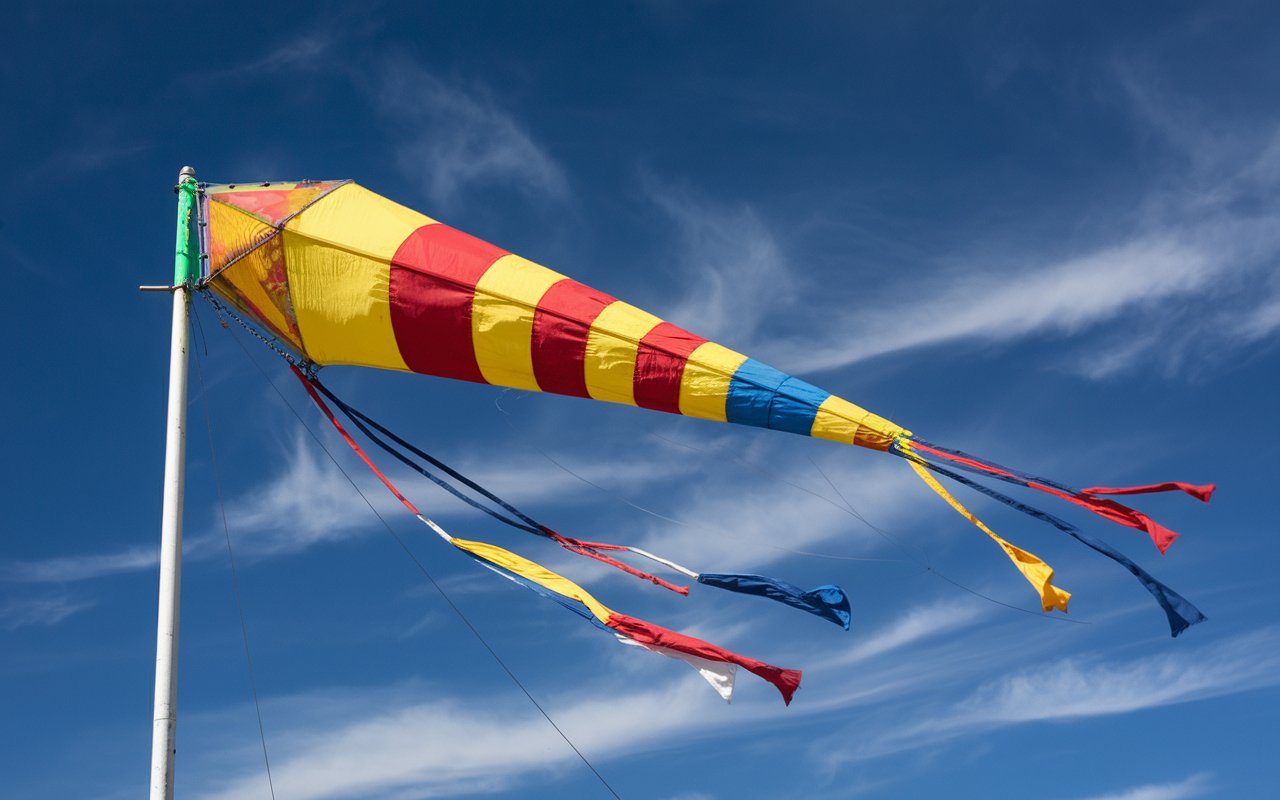Windsocks are more than just colorful decorations fluttering in the breeze. They serve a practical purpose, providing vital information about wind direction and speed. Whether you’re an aviator needing precise guidance or a casual observer fascinated by weather patterns, understanding how to install and maintain your windsock can enhance its functionality and longevity.
Imagine stepping outside to check on your favorite outdoor activities—fishing, flying kites, or setting up camp. A well-placed windsock can help you make informed decisions based on real-time wind conditions. This guide will walk you through everything from choosing the right type of windsock to properly maintaining it for optimal performance. Let’s dive into the world of windsocks!
Types of Windsocks
Windsocks come in various types, each designed for specific environments and needs. The most common type is the traditional nylon windsock. It’s lightweight and durable, making it suitable for both commercial and recreational use.
Another option is the heavy-duty model. These are made from reinforced materials that withstand harsh weather conditions. They’re often used at airports or industrial sites where wind data is crucial.
Then there are illuminated windsocks, perfect for nighttime visibility. These models incorporate LED lights to ensure they remain visible even in low-light situations.
Additionally, you can find decorative windsocks that serve more of an aesthetic purpose than functionality. Available in numerous designs and colors, these add charm to gardens or yards while still indicating wind direction.
Choosing the right type depends on your specific requirements and location factors. Each serves its unique role effectively.
Factors to Consider When Choosing a Windsock
Selecting the right windsock involves several key factors. First, consider the material. Durable fabrics like nylon or polyester are ideal for outdoor use as they withstand harsh weather conditions.
Next, think about size. Larger windsocks are visible from greater distances, making them perfect for airfields or event venues. However, smaller models work well in residential areas where space is limited.
Color plays an important role too. Bright colors enhance visibility against various backgrounds and ensure that your windsock catches attention easily.
Check the attachment method. A proper mounting system ensures stability and longevity of your windsock in windy environments. Opting for a flexible rod can help maintain its shape even on blustery days while also easing rotation with wind shifts.
Installation Process for a Windsock
Installing a windsock might seem straightforward, but attention to detail is essential for optimal performance. Start by selecting the right location. Choose an open area away from obstructions like trees or buildings that could interfere with wind flow.
Next, gather your materials: a sturdy pole, brackets, and of course, your windsock. The height of the pole should be sufficient to allow the windsock to move freely. Typically, this means placing it at least 10 feet off the ground.
Once you’ve secured your pole in place—whether it’s anchored in concrete or using ground spikes—attach the bracket designed for holding the windsock. Make sure it’s tight enough so that strong gusts won’t dislodge it.
Slide on your windsock carefully and check its alignment. This step ensures that you’ll easily see how wind direction affects flight paths or weather conditions based on how well it flies!
Proper Maintenance Techniques
Proper maintenance of your windsock ensures its longevity and reliability. Start by checking for wear and tear regularly. Look for frayed edges or faded colors, as these can impact visibility.
Cleaning is essential too. Use mild soap and water to remove dirt or debris. Rinse thoroughly to prevent any residue from accumulating on the fabric.
Inspect the mounting hardware periodically. Loose screws or corroded parts can cause instability during strong winds. Tighten any loose connections promptly to maintain proper function.
Consider seasonal changes as well. Windsocks may require more frequent checks after storms or harsh weather conditions that could compromise their integrity.
Store your windsock properly when not in use. Folding it carefully prevents creases and damage, ensuring it’s ready for installation whenever you need it again.
Common Mistakes to Avoid
One of the most common mistakes when installing a windsock is neglecting to check local regulations. Always verify if there are specific height or location requirements in your area.
Another pitfall is choosing poor-quality materials. Opt for durable fabrics designed to withstand various weather conditions. A flimsy windsock can lead to early wear and tear.
Improper attachment poses another issue. Ensure that your windsock is securely fastened to prevent it from becoming dislodged during strong winds.
Failing to maintain your windsock regularly can also lead to problems down the line. Check for fraying, fading, and any blockage that might affect its functionality.
Many users underestimate the importance of positioning. Placing your windsock too close to tall structures can disrupt airflow, rendering it ineffective as a wind indicator.
Conclusion
Windsocks are more than just colorful indicators of wind direction. They play a crucial role in various settings, from airports to outdoor events. By choosing the right type and ensuring proper installation, you can enhance their effectiveness and longevity.
Regular maintenance is essential for keeping your windsock in top condition. Inspect it frequently for wear and tear, clean it when needed, and replace it if it becomes damaged. This proactive approach will ensure that your windsock continues to provide accurate readings.
Avoid common mistakes like improper placement or neglecting upkeep, as these can lead to inaccurate data or even damage over time. With attention to detail and care, your windsock will serve its purpose effectively.
Embrace the utility of this simple yet vital tool in understanding wind patterns better.

